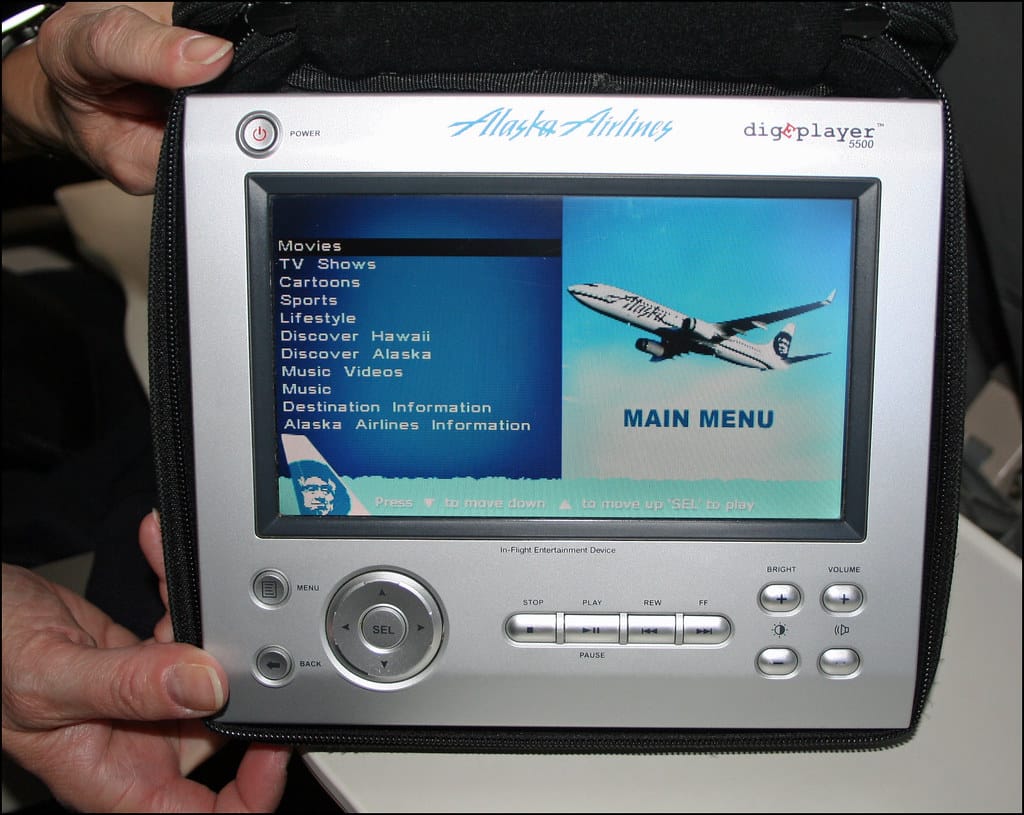Alaska Airlines Back in the Sky: How a System Glitch Grounded an Entire Fleet and What It Means for Air Travel
Alaska Airlines passengers found themselves stuck on the ground this morning as a major system outage forced the carrier to halt all flight operations across its network. The technical disruption, which lasted several hours, affected thousands of travelers and highlighted the aviation industry's growing dependence on digital infrastructure.
The Grounding: What Happened
The Seattle-based airline issued a nationwide ground stop around 7:30 AM Pacific Time due to what the company described as a "system-wide technology issue." The Federal Aviation Administration (FAA) confirmed the request, effectively grounding Alaska Airlines' entire fleet of approximately 320 aircraft across the United States.
During the outage, passengers reported being unable to check in online, access mobile boarding passes, or receive real-time flight updates. Airport departure boards showed delays and cancellations mounting by the hour, with some travelers stranded at gates for extended periods without clear information about when service might resume.
"We experienced a significant technology disruption that impacted our ability to operate safely," Alaska Airlines spokesperson Tim Thompson said in a statement. "Out of an abundance of caution, we requested a ground stop until our systems could be fully restored and verified."
Scale of the Disruption
Alaska Airlines operates more than 1,200 daily flights to 120 destinations across the United States, Canada, and Mexico. The carrier serves as a crucial connector for remote Alaskan communities and maintains a significant presence on the West Coast, making the disruption particularly impactful for business travelers and tourists alike.
Early estimates suggest the outage affected approximately 150,000 passengers across the airline's network. Seattle-Tacoma International Airport, Alaska's primary hub, experienced the most significant disruptions, with departure delays cascading throughout the day even after systems came back online.
The airline's partners, including American Airlines and other oneworld alliance members, reported increased booking requests as stranded passengers sought alternative travel arrangements.
Technical Dependencies in Modern Aviation
This incident underscores the critical role that technology plays in contemporary airline operations. Modern carriers rely on interconnected systems for everything from flight planning and crew scheduling to passenger check-in and baggage handling.
Alaska Airlines' disruption joins a growing list of technology-related aviation incidents in recent years. In 2022, Southwest Airlines experienced a operational meltdown during the holiday season due to outdated crew scheduling systems, canceling more than 15,000 flights. Similarly, Delta Air Lines faced a multi-day disruption in 2016 following a power outage at its Atlanta data center.
Industry experts note that while these incidents remain relatively rare, their impact has grown more severe as airlines have consolidated operations and reduced redundancy to improve efficiency.
Recovery and Customer Response
Alaska Airlines began restoring limited operations around 11:45 AM Pacific Time, with the first flights departing approximately four hours after the initial ground stop. The airline prioritized flights to and from Alaska, recognizing the limited alternative transportation options for those destinations.
To manage the backlog, Alaska Airlines waived change fees for affected passengers and provided meal vouchers at major airports. The company also activated its customer service teams and increased staffing at key hubs to assist with rebooking efforts.
"We understand how frustrating this disruption has been for our guests," said Alaska Airlines CEO Ben Minicucci in a video message to passengers. "We're working around the clock to get everyone to their destinations as quickly as possible."
Social media responses were mixed, with some passengers expressing frustration over communication delays while others praised ground crews for their assistance during the crisis.
Industry Implications and Looking Forward
The Alaska Airlines incident highlights both the vulnerabilities and resilience of modern aviation systems. While technology failures can cause widespread disruptions, the airline industry's safety protocols and ground stop procedures prevented potentially more serious consequences.
Aviation analysts expect increased scrutiny of airline technology infrastructure and backup systems following this incident. The Department of Transportation has previously indicated it may implement stricter requirements for airline operational resilience.
For travelers, this disruption serves as a reminder of the importance of travel insurance and flexible booking policies. As airlines continue to modernize their systems, occasional technical hiccups remain an unavoidable reality of air travel.
Alaska Airlines has promised a full investigation into the cause of the system failure and plans to implement additional safeguards to prevent similar incidents. The carrier expects to return to normal operations within 24-48 hours, though some schedule adjustments may continue into the weekend.
